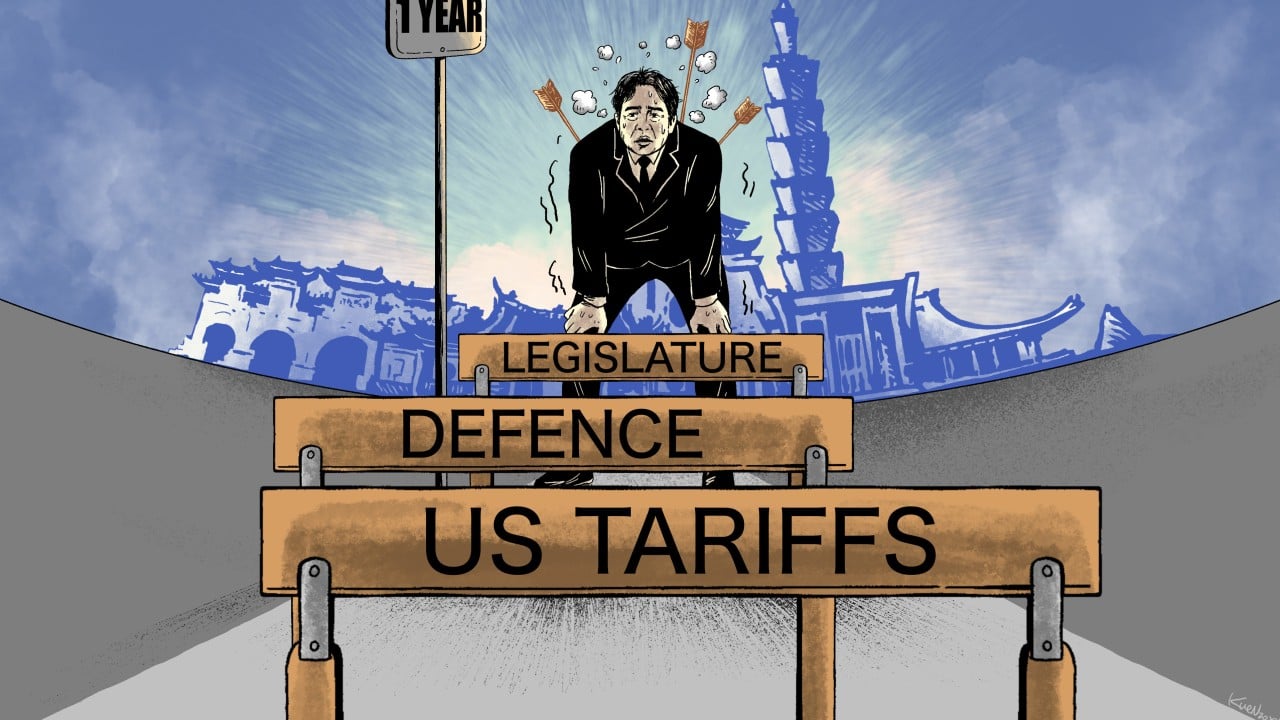
On May 21, 2014, Chinese President Xi Jinping proposed the vision of a common, comprehensive, cooperative and sustainable security strategy for Asia."We need to innovate our security concept, establish a new regional security cooperation architecture, and jointly build a road for security of Asia that is shared by all and brings win-win outcomes to all," Xi told the fourth summit of the Conference on Interaction and Confidence Building Measures in Asia in Shanghai.More than a decade later, the Chinese president's vision remains as relevant and compelling as ever, offering critical insights for a world grappling with frequent regional conflicts and instability, according to experts and officials.Security through developmentAll of China's 29 neighboring countries are located in Asia with the exception of Russia.
As a member of the Asian family, China attaches great importance to its neighborhood diplomacy.At a central conference on work related to neighboring countries last month, the Chinese leadership stressed the importance for the country to use high-quality Belt and Road cooperation as the main platform to jointly create a better future with neighboring countries.China has signed Belt and Road Initiative (BRI) cooperation agreements with 25 neighboring countries and has become the largest trading partner for 18 of them.Wang Fan, president of China Foreign Affairs University, said China values the coordination of development and security, reflecting the Chinese philosophy that sustainable development lays the foundation for lasting peace and stability.Through Belt and Road cooperation and its deep convergence with regional security architectures, China is fostering a comprehensive, multi-tiered and multidimensional regional security-development community, where economic growth and stability reinforce each other, wrote Wang in April.He cited the China-Laos Railway, a flagship BRI project, as an example.
The project has not only driven economic growth, but also helped significantly reduce cross-border smuggling cases thanks to law enforcement cooperation between the two sides.Similarly, the construction of the China-Pakistan Economic Corridor, another BRI project, has fundamentally improved the local economic conditions that breed extremism, he added.These initiatives have not only effectively addressed security threats in China's neighboring regions but also injected sustained momentum into regional development, said Wang.Asian security model – a regional consensusAt April's central conference on work related to neighboring countries, China, for the first time, proposed an Asian security model that features sharing weal and woe, seeking common ground while shelving differences, and prioritizing dialogue and consultation.Days after the conference, Xi embarked on a five-day Southeast Asia tour, making state visits to Vietnam, Malaysia and Cambodia—his first overseas trip this year.During the visit, China and Vietnam upgraded the "3+3" strategic dialogue on diplomacy, defense and public security between the two countries to that of the ministerial level, China and Malaysia established a "2+2" dialogue mechanism on diplomacy and national defense, and China and Cambodia established a "2+2" strategic dialogue mechanism between the foreign and defense ministers of the two countries.At a press briefing about the Chinese president's trip, Chinese Foreign Minister Wang Yi said on April 18 that the Asian security model proposed by China has increasingly become a regional consensus.According to a white paper on China's national security in new era, issued last week, China has reached common understanding on building a community with a shared future with 17 neighboring countries.China supports and seeks to enhance the ASEAN-centered regional security cooperation, and opposes using the "Indo-Pacific Strategy" to divide the region or setting up an "Asia-Pacific NATO," opposes NATO's overreach and power expansion beyond its scope, and rejects some countries' practices of nuclear sharing, extended deterrence and deployment of land-based intermediate-range missiles in the Asia-Pacific region, said the white paper.Li Kaisheng, senior fellow and vice president of Shanghai Institutes for International Studies, said most of China's neighbors in Asia have remained vigilant over external interference.For years, the United States has attempted to suppress and contain China through its Asian allies, pushing a tiny minority of Asian countries to the forefront of its anti-China campaign, Li said.
However, the vast majority of China's neighboring nations have maintained clear-eyed and refused to take sides, he added.China and its neighboring countries have shared positions and similar perspectives on major global and regional issues, and are committed to fostering political mutual trust and properly managing sensitive matters, said Li.By doing so, they have jointly preserved peace and stability in the Asia-Pacific, despite frequent regional conflicts and instability in other parts of the world, he said.

 14
14

















